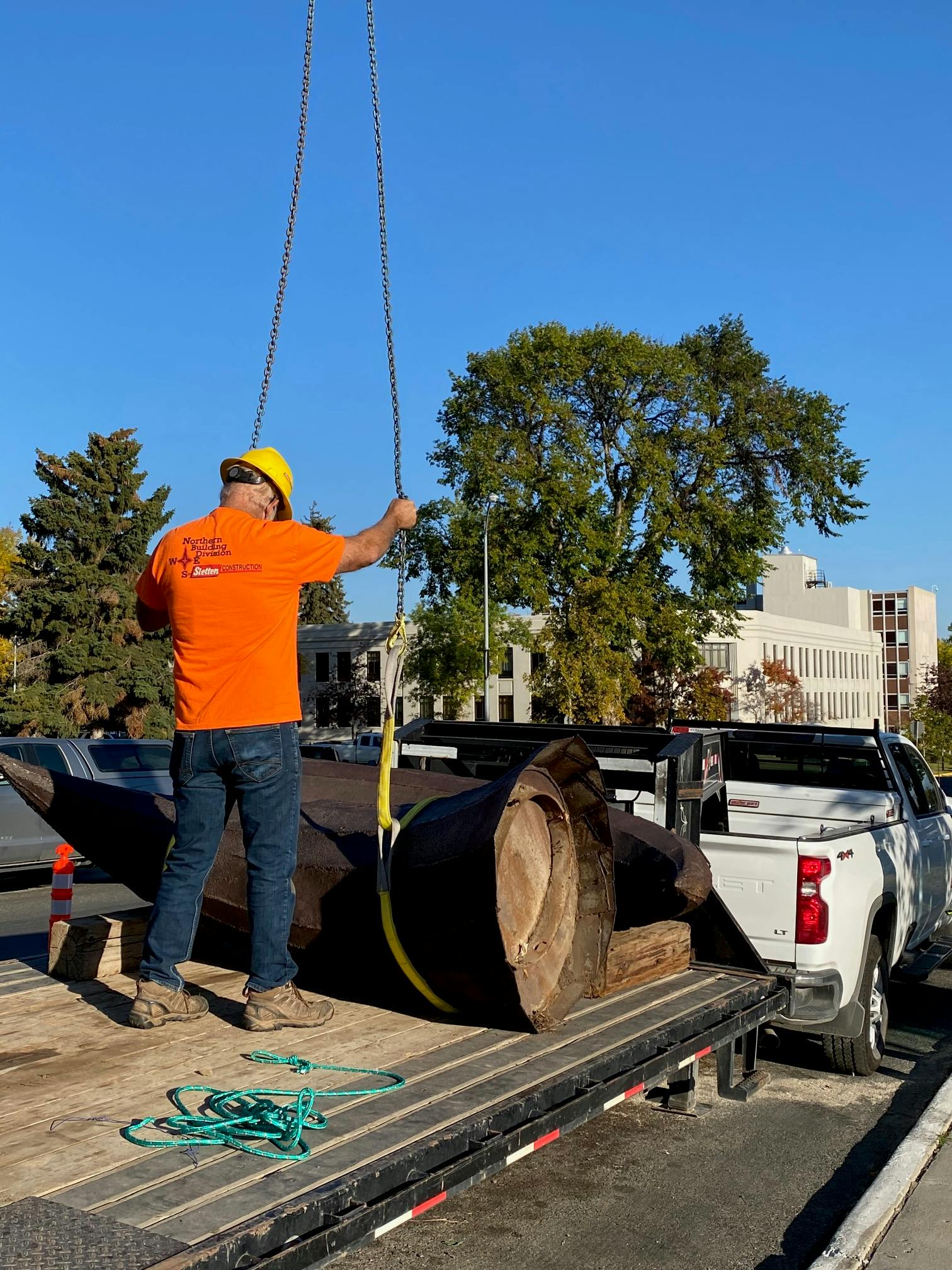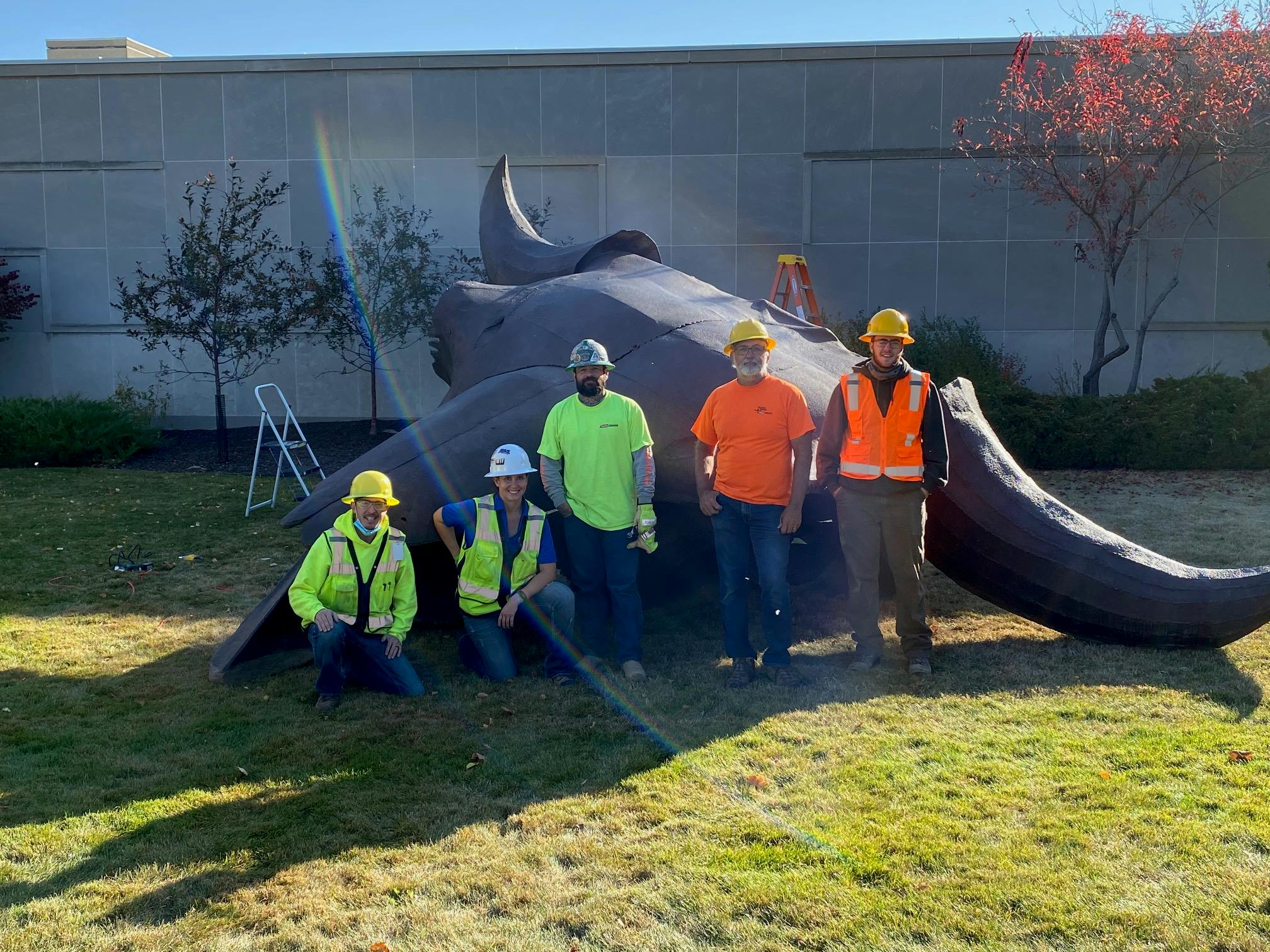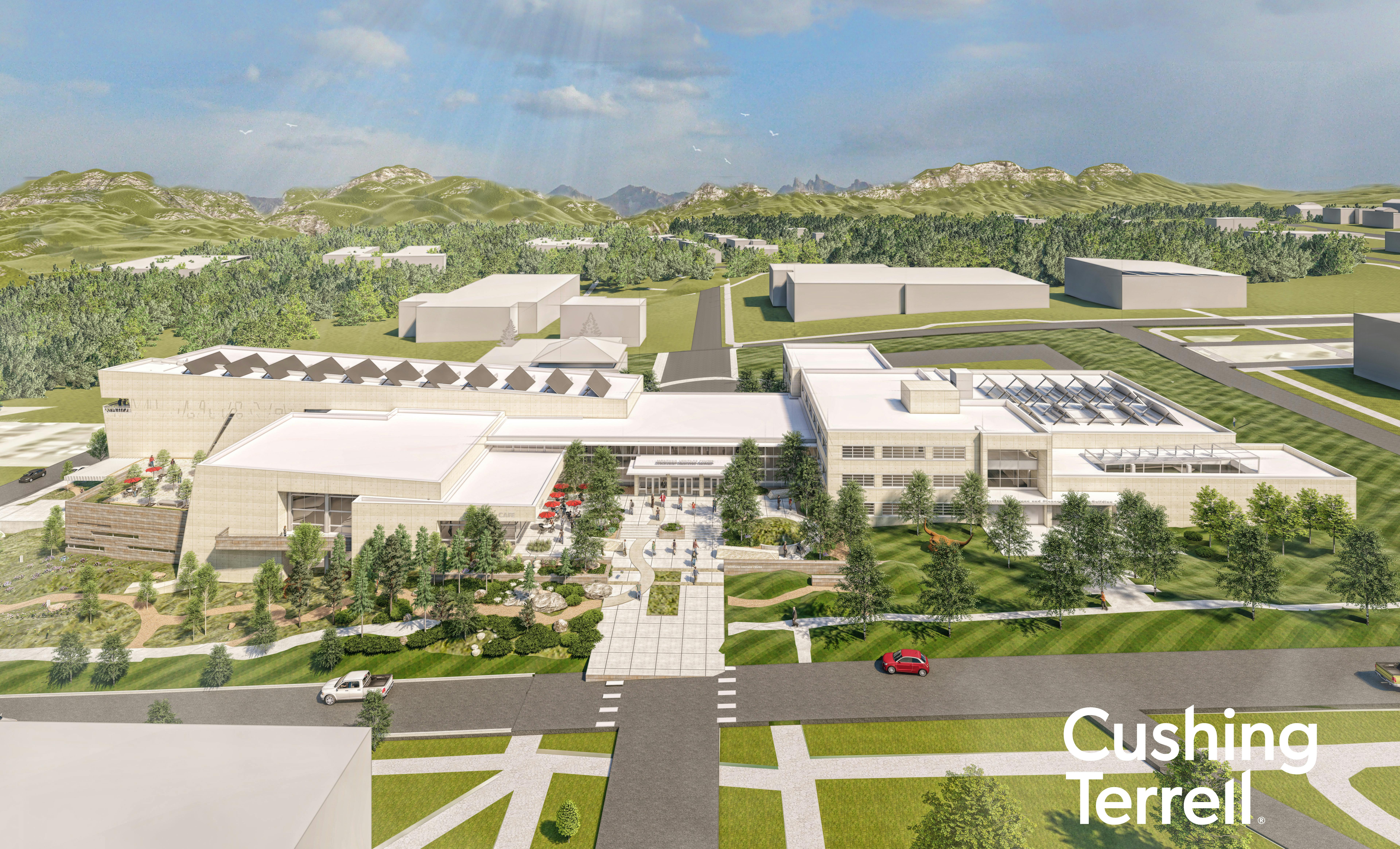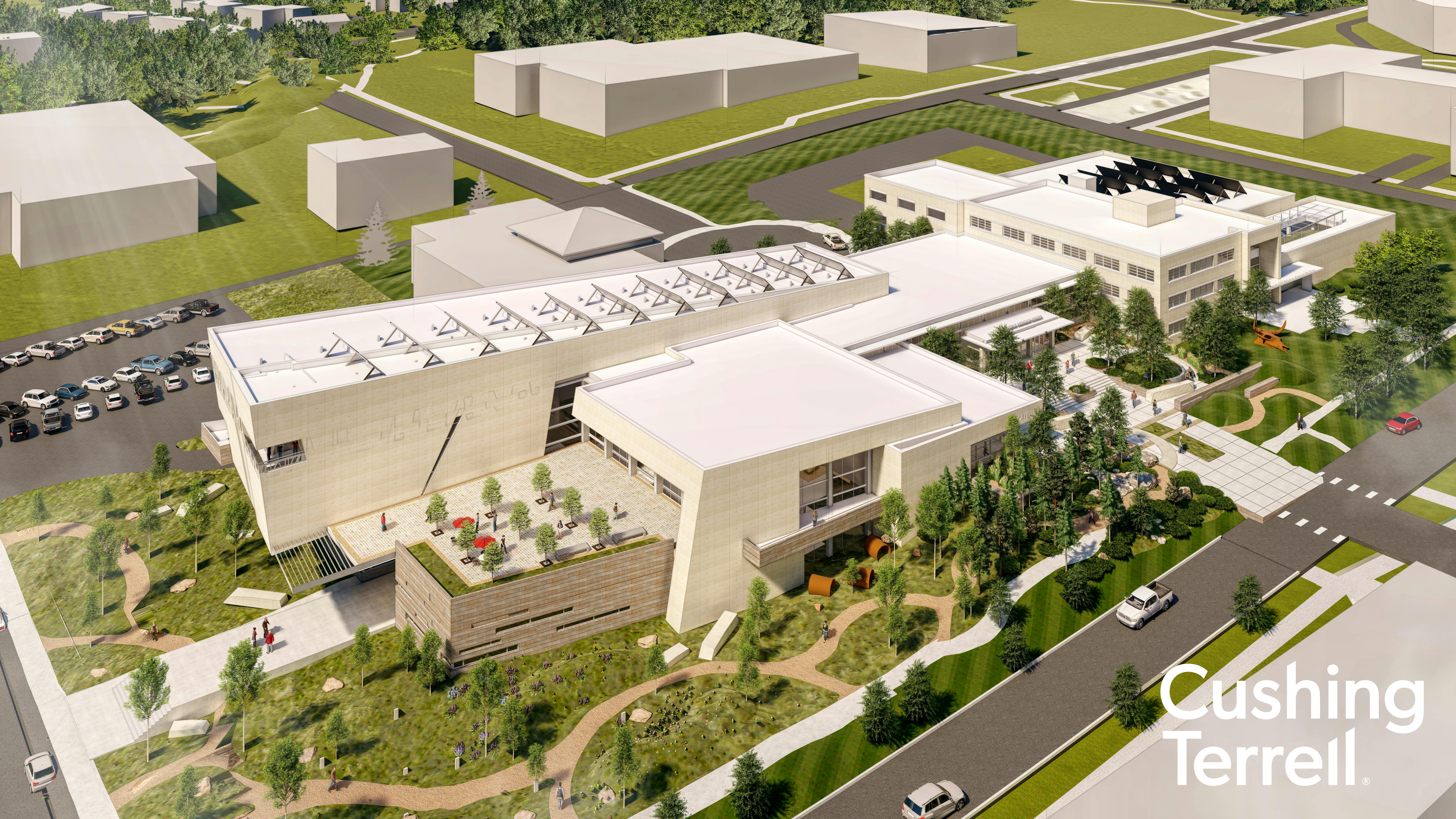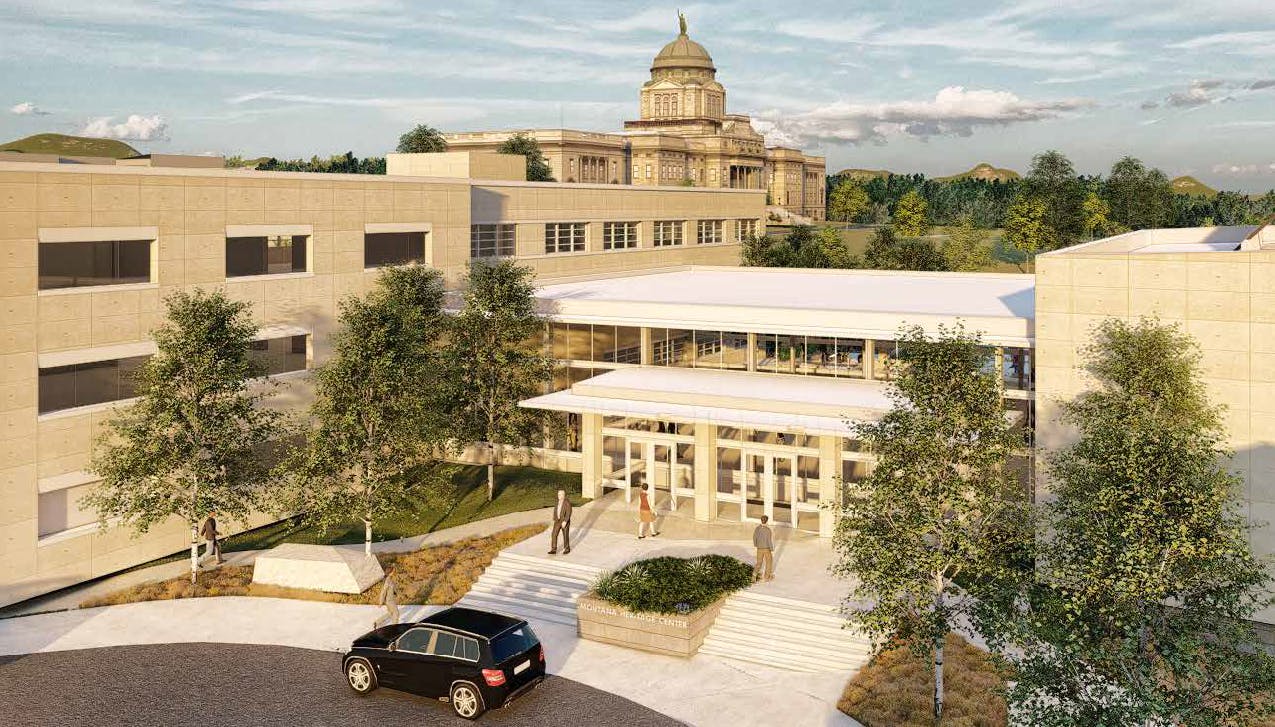Impact of the Montana Heritage Center
Caring for our Past, Investing in our Future
The Montana Historical Society was founded in 1865 to collect and preserve the documents, artifacts, artwork and other articles that are an integral part of the cultural and political history of Montana. Incorporated as a state agency in 1891 by the Legislature, the Society continues to perform a wide variety of functions and services within that general mandate. These include:
- Housing and securing its considerable collections and archives at its facility in Helena;
- Showcasing interpretive exhibits at Montana’s Museum and sharing collections across the state and beyond;
- Publishing the highly-respected quarterly magazine Montana: The Magazine of Western History as well as other electronic and print publications;
- Providing access and supporting research on the history of Montana and the West by maintaining a research library and archives;
- Serving as the central agency concerned with registering, supporting and preserving Montana’s historic sites and buildings;
- Working with and supporting educators and students statewide to further public appreciation of Montana’s heritage through educational support programs.
Montana Historical Society (MTHS) also serves as a destination for out-of-area visitors with an interest in heritage and history. Cultural tourism has received increased recognition as an important source of growth for Montana’s tourism industry. Significant numbers of travelers report that opportunities to visit art, culture, and heritage sites and events influence their choice of destinations and affect the length of their trips.
 |  |  |
With the construction of the Montana Heritage Center, jobs, income, business sales, and local spending will produce a substantial increase in Montana's economy. A 2016 study by the University of Montana's Bureau of Business and Economic Research shows the impact of the Heritage Center would be considerable, including adding new jobs across the state and increasing economic output to $49.3 million during construction phase and $21.6 million per year thereafter. This is a once-in-a-lifetime opportunity to create a center worthy of Montana’s wonderful history and its future.
Revitalizing Montana's Rural Heritage Grant Program
The Montana Historical Society's Revitalizing Montana’s Rural Heritage grant program (RMRH) is intended to fund brick-and-mortar projects involving historic properties in Montana’s rural communities. Funds for these grants came from the National Park Service.
All work must meet the U.S. Department of the Interior's Standards for the Treatment of Historic Properties. Properties eligible for RMRH funds are either listed in the National Historic Register or are eligible for National Register listing.
In September 2020, SHPO announced that it had awarded eight grants across Montana:
SHPO’s Community Preservation Coordinator Kate Hampton said that “RMRH’s goal is to renew community anchors, properties that will in turn serve as catalysts for economic stability and growth in their communities. These projects preserve the fabric and history of the rural experience, celebrate and educate people about the past, and facilitate a sustainable future for the generations that follow.”
SHPO’s idea for the RMRH program came from seeing homegrown preservation projects in rural communities across the state. Ekalaka established its town hall and library in an empty bank the town preserved; one by one, Philipsburg’s commercial building owners reinvented the town by repainting their Victorian-era building facades; and Deer Lodge’s Rialto Theatre rose from the ashes of a devastating fire to maintain its status as the community’s gathering place on Main Street.
“With these pioneering projects, we saw the seeds planted by one or two property owners grow into a cultural, economic, and social ecosystem. We see that same desire and potential in the projects we’re funding,” said State Historic Preservation Officer Pete Brown.
Learn more about each of these grant projects here and the RMRH grant here.
What do these places mean to you?
We'd love to hear more about what these places mean to you. Do you have a story to share about one of these places? Why do you think it's important to preserve these places?
Add your thoughts by clicking on "Start your story" below...
- There are no stories to display. Why don't you share one?




